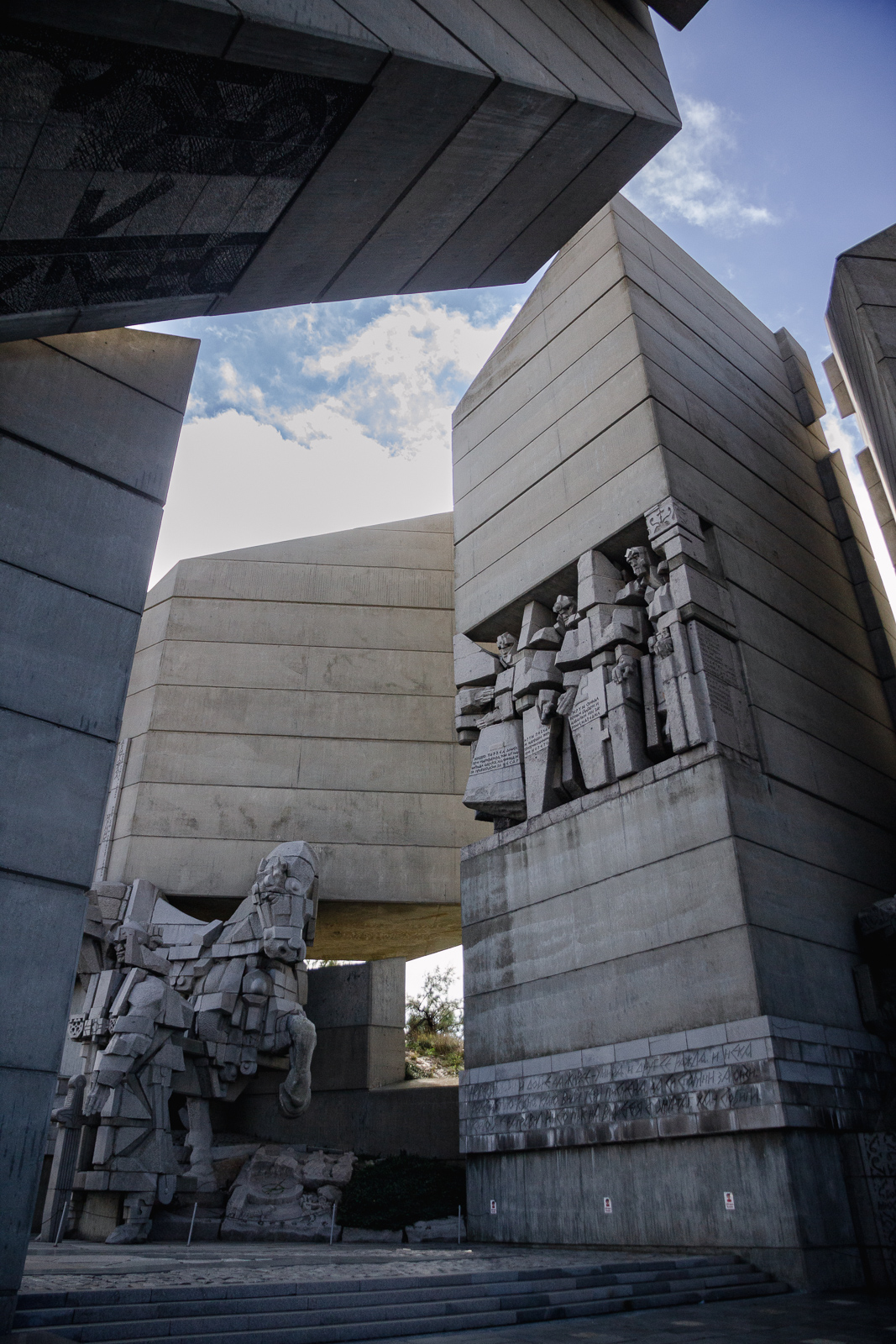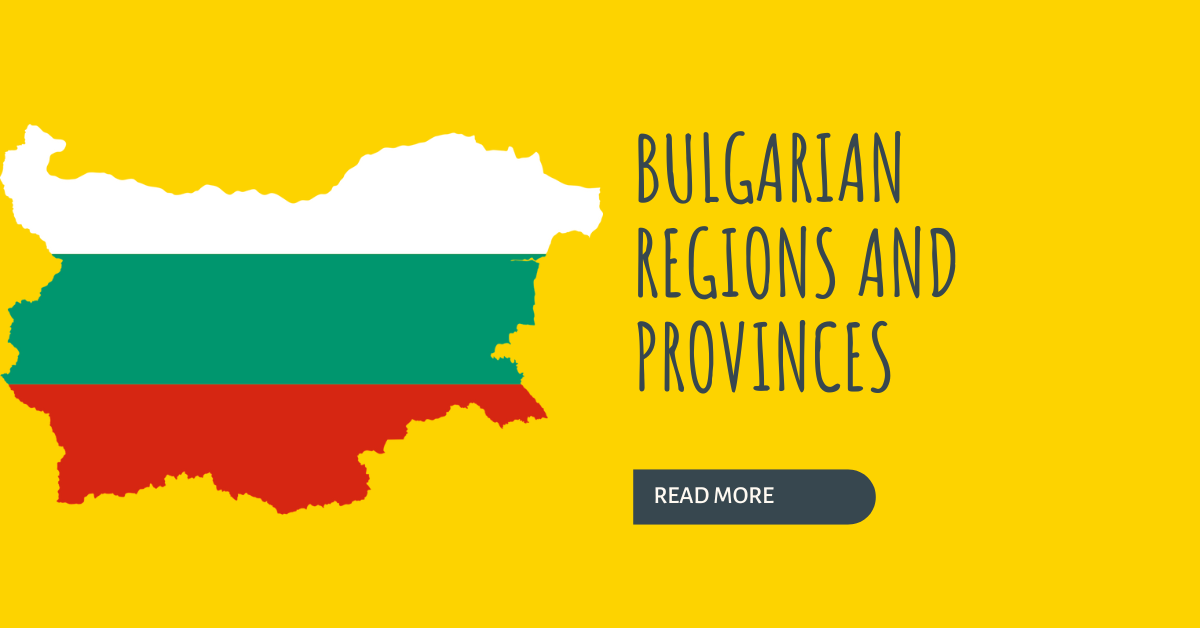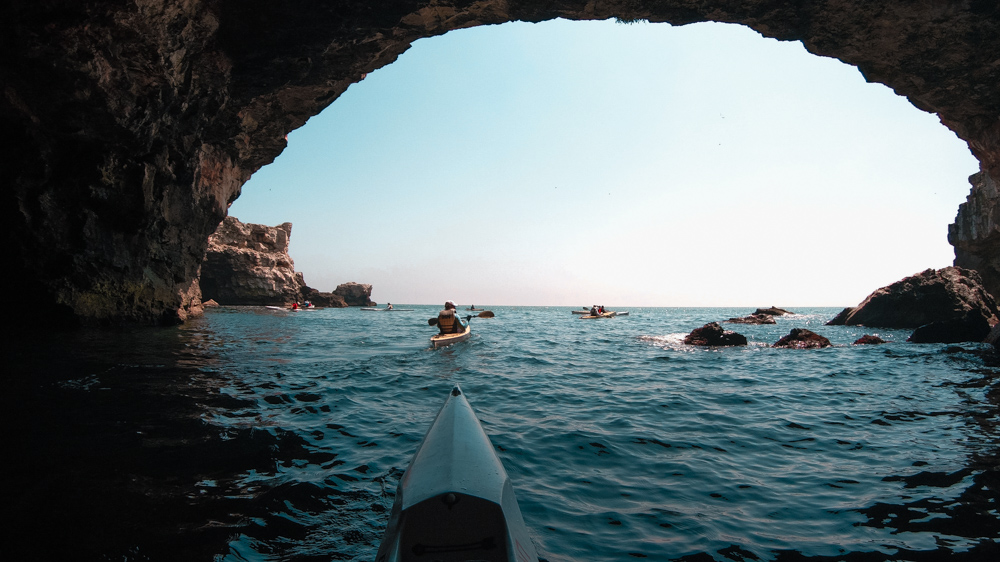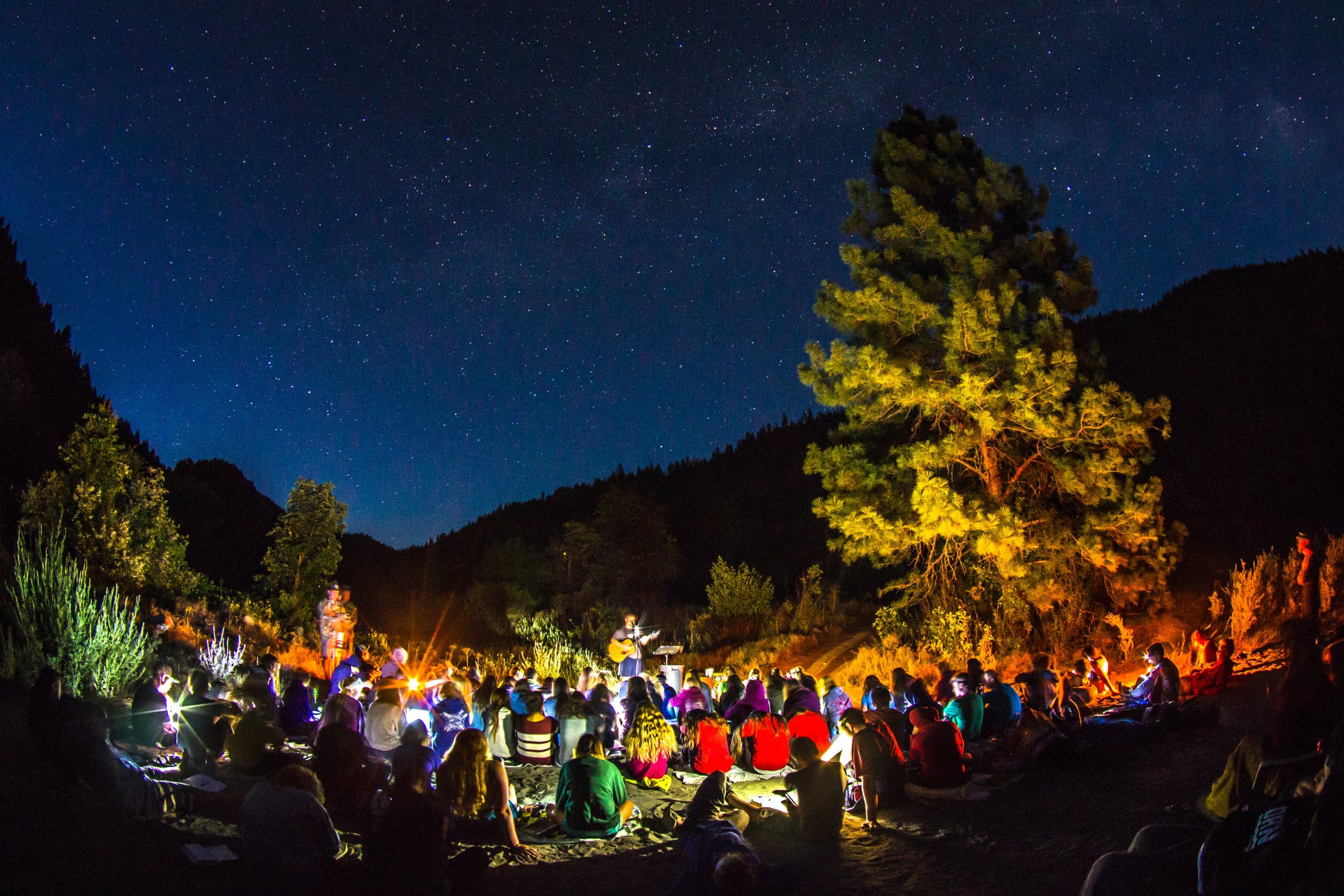Ultimate travel guide to Plovdiv, Bulgaria
The province of Plovdiv is one of the most diverse regions one can visit during their stay in Bulgaria. It’s the second largest province after Sofia and offers a wide range of touristic options, making it suitable for any taste and interest.
Although you’ve undoubtedly heard of Plovdiv as one of the more popular destinations in the Balkans, I’m sure you don’t know nearly enough about the entire province. Before heading there, make sure to research more about the region starting from this page. This way, you can ensure you make the most out of your stay.
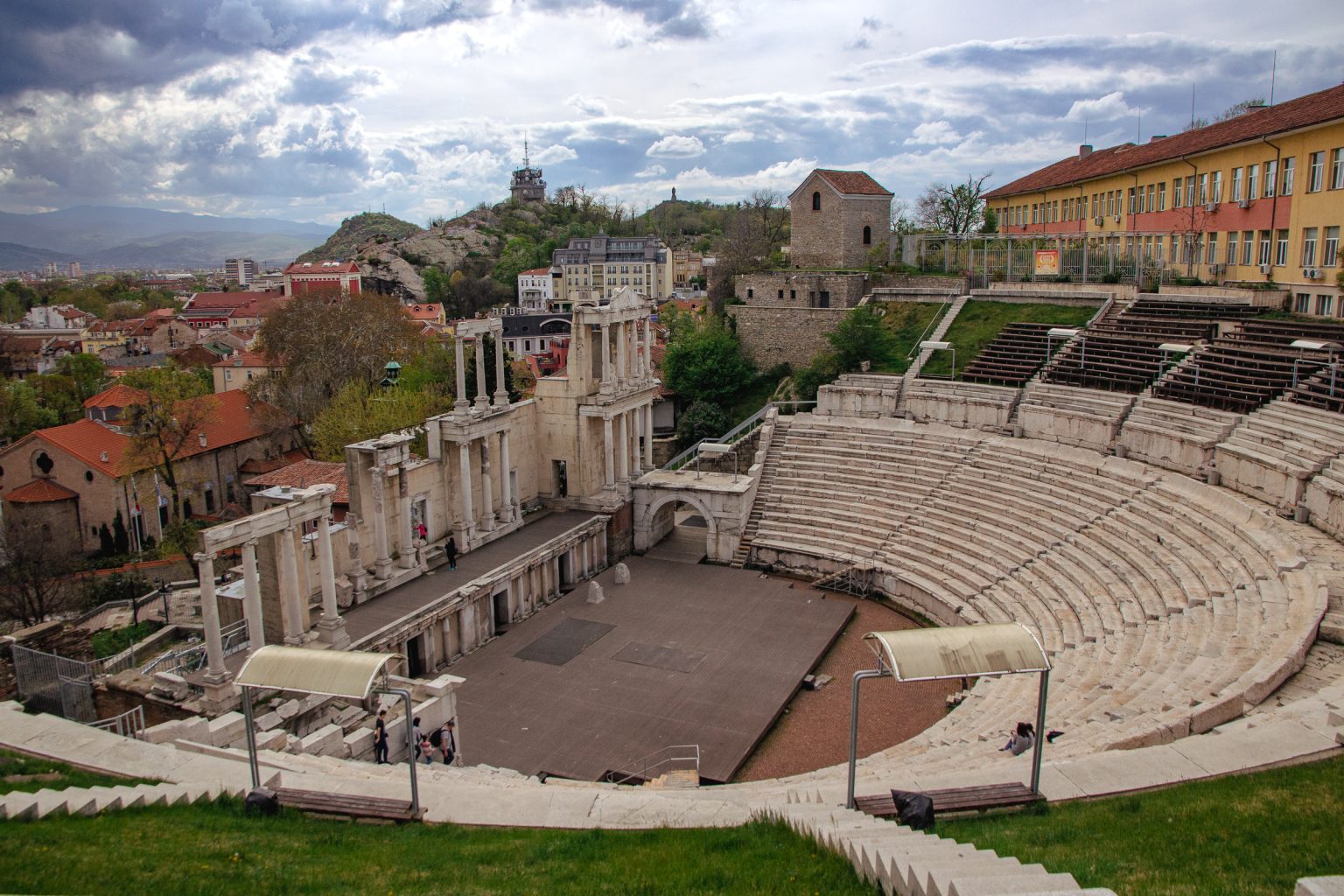
Where is Plovdiv province located?
The province of Plovdiv is located in the south-central part of Bulgaria. It borders with other Bulgarian provinces to the south, while to the north, it’s separated from the northern provinces by the awe-inspiring Balkan. Since it’s in the central part of South Bulgaria, other Bulgarian regions surround it on the sides – Stara Zagora and Haskovo to the east, Sofia and Pazardjik to the west and Smolyan and Kardzhali to the south.
Municipalities within Plovdiv province
The province of Plovdiv is rich in its number of cities and rural areas. It has a total of 18 municipalities which makes it the second largest after Sofia Province, where the capital is.
Let’s see the names of the municipalities:
- Asenovgrad
- Brezovo
- Hisarya
- Kaloyanovo
- Karlovo
- Krichim
- Kuklen
- Laki
- Maritsa (Plovdiv rural)
- Perushtitsa
- Plovdiv (city)
- Parvomay
- Rakovski
- Rodopi (Plovdiv rural)
- Sadovo
- Sopot
- Stambolyiski
- Saedinenie
Rivers in Plovdiv province
It’s no wonder why so many people decided to populate Plovdiv province. Here you can find a total of 28 rivers originating or flowing through the area. Hence, the regions are affluent in water supply which can provide enough for citizens, agriculture and livestock.
I’ll list only the largest ones:
- Maritsa
- Vacha (a tributary to Maritsa)
- Stryama (a tributary to Maritsa)
- Asenitsa (a tributary to Maritsa)
- Tundzha (a tributary to Maritsa)
- Pyasachnik (a tributary to Maritsa)
- Potoka (a tributary to Maritsa)
In the regions throughout Plovdiv, you can also find lots of spring water sources, which make the province an excellent destination for SPA treatments and balneotherapy for people from Bulgaria and foreign countries.
The region altitude’s varies between 150 and 350 meters above sea level. The area is incredibly fertile and famous for its wheat crops and lavender fields.
Geographical features
As Plovdiv province is located in the south part of Bulgaria, it comprises the northern parts of the Thracian lowlands (also called Upper Thracian Plain), some parts of the Rhodope, Sredna Gora and the Balkan mountains, as well as parts of the Sub-Balkan Valleys.
You can imagine going from the south to the north of the region – starting from the mesmerizing Rhodopes, continuing to the lowlands and valleys and ending up at the harsh mountain terrains of the Balkans.
So, we can safely say that you’ll see hundreds of different landscapes as you travel from one end of the province to the other.
Interesting facts about the province
The administrative centre has been known to be called different names throughout the years:
- Kendrisos (4000 B.C.)
- Evmolpias (Thracian 1200 B.C.)
- Philipoppolis (Macedonian 342 B.C.)
- Pulpudeva (Thracian)
- Trimontium (Roman 42 A.D.)
- Puldin (Slavic)
- Filibe (Ottoman)
- Plovdiv (modern times)
The province comprises very fertile lands which are the home of more than 100 types of crops, and here you can find some of the most famous wine grapes in Bulgaria – Trakia, Mavrud and Muskat. The climate at the foot of the Rhodopes is suitable for growing redolent tobacco.
The region is incredibly rich in history, culture and nature. If you are thinking about visiting this province, you won’t be left disappointed. You have a variety of options when it comes to tourism – nature reserves, waterfalls, caves, churches, monasteries, archaeological sites, museums, SPA centres, business events, literally anything one might need.
Related posts
Latest blog posts
17 Popular Landmarks in Bulgaria Looking for the most iconic places in Bulgaria? This guide covers the country’s most famous […]
Learn more about all the regions and provinces in Bulgaria and be prepared for your next trip!
This article will make you want to go kayaking on the northern Black sea seashore in Bulgaria
Find out if Bulgaria is worth visiting and whether you should start preparing for a trip – everything you need to know from a local

